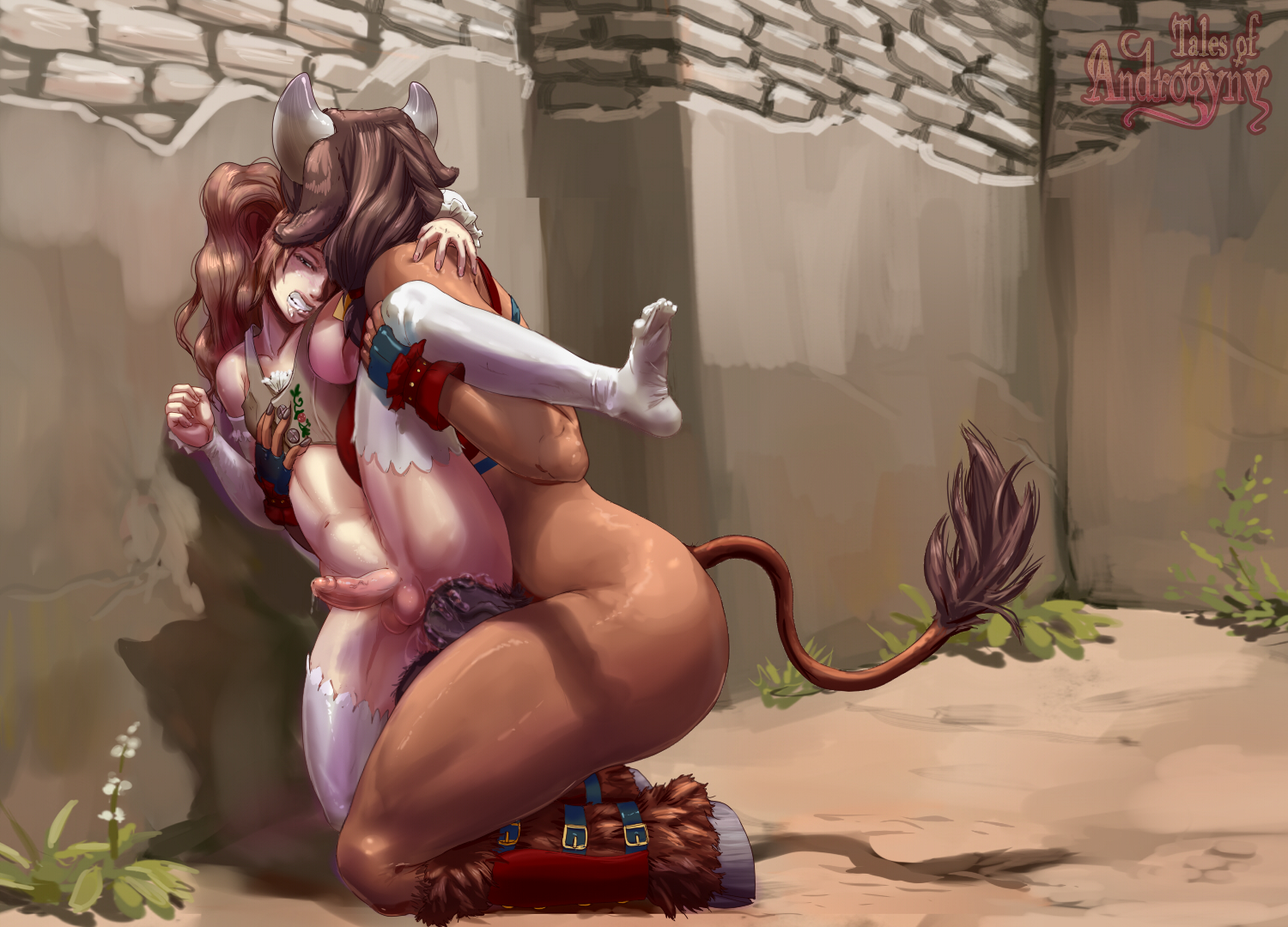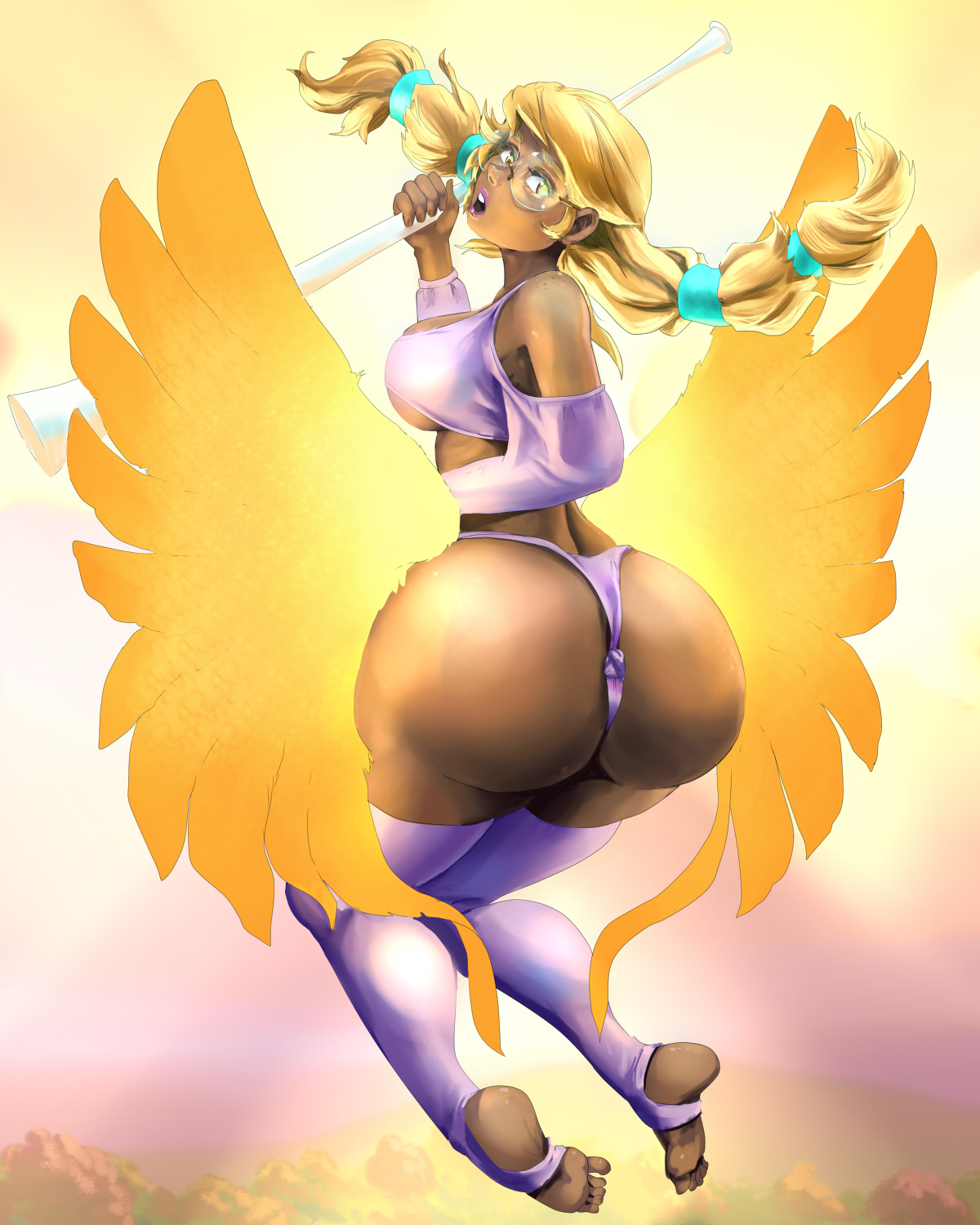

In the 1970s, Sears catalogues had a higher proportion of gender-neutral advertisements. Every little girl likes to play house, to sweep, and to do mother’s work for her": For example, a 1925 Sears ad for a toy broom-and-mop set proclaimed: “Mothers! Here is a real practical toy for little girls. Toys for girls from the 1920s to the 1960s focused heavily on domesticity and nurturing. That is not to say that toys of the past weren’t deeply infused with gender stereotypes. For example, a recent study by sociologists Carol Auster and Claire Mansbach found that all toys sold on the Disney Store’s website were explicitly categorized as being “for boys” or “for girls”-there was no “for boys and girls” option, even though a handful of toys could be found on both lists. This is a stark difference from what we see today, as businesses categorize toys in a way that more narrowly forces kids into boxes.

In my research on toy advertisements, I found that even when gendered marketing was most pronounced in the 20th century, roughly half of toys were still being advertised in a gender-neutral manner. But in fact, the princess role that’s ubiquitous in girls’ toys today was exceedingly rare prior to the 1990s-and the marketing of toys is more gendered now than even 50 years ago, when gender discrimination and sexism were the norm. When it comes to buying gifts for children, everything is color-coded: Rigid boundaries segregate brawny blue action figures from pretty pink princesses, and most assume that this is how it’s always been.


 0 kommentar(er)
0 kommentar(er)
